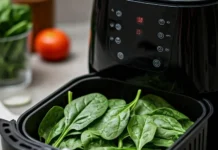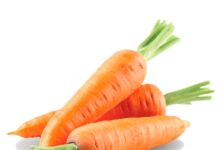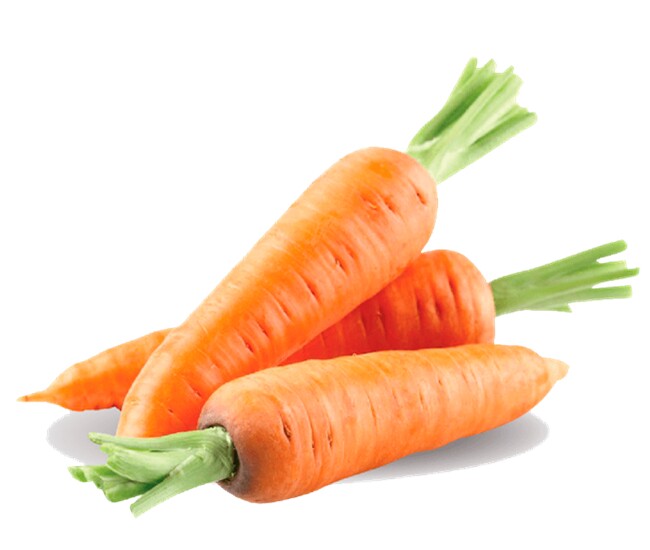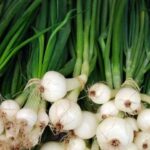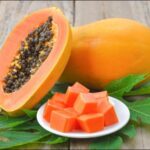The nutritional value of carrots lies in their rich content of beta-carotene, a powerful antioxidant that can be converted into vitamin A by the body. This promotes eye health, boosts immunity, and enhances skin appearance. However, not all carrots are created equal. Some may be old, withered, and lacking in moisture, while others may look appealing but fall short in terms of nutritional content. So, how can you select carrots that are not only delicious but also packed with nutrients? Here are some extremely useful tips compiled from the long-standing experience of seasoned vegetable growers.
1. Opt for darker orange carrots
The color of a carrot is not just about aesthetics; it directly indicates the nutritional value within. Carrots with a deeper orange hue typically contain higher levels of beta-carotene and vitamin C, and they also tend to have a more pronounced natural sweetness. On the other hand, lighter-colored carrots are often less nutritious, milder in flavor, and sometimes become slightly mushy when cooked. Therefore, when making your selection, prioritize carrots with a darker, vibrant orange color.

2. Choose carrots with smaller tops
The top, or stem, of a carrot provides valuable insights into its texture and maturity. Carrots with smaller tops are generally those that have grown naturally and tend to have denser, sweeter, and more aromatic flesh. In contrast, carrots with larger tops often exhibit a spongy texture, hollow or bland interiors, and a less appealing flavor when cooked. Thus, while the size of the carrot itself is not a critical factor, focusing on the size of the top will help you select the most delectable specimens.

3. Prefer carrots with some dirt on them
At first glance, you might assume that carrots covered in dirt are unclean. However, this is actually a sign of freshness. Carrots that are freshly harvested and haven’t been washed or polished will still have a natural layer of dirt on them, which helps prevent moisture loss and slows down spoilage. This dirt acts as a protective barrier, enabling the carrots to stay fresh for longer. Conversely, carrots that have been thoroughly cleaned and polished may look more appealing but tend to have a shorter shelf life, wilting or spoiling more rapidly.

4. Avoid carrots with cracks or breaks
Cracks, breaks, or extensive fissures in carrots indicate that they have sustained some form of damage, leading to moisture loss or developmental issues. These cracks provide an entry point for bacteria and mold, causing the carrots to spoil faster and resulting in a decline in both flavor and nutritional value. Hence, it is advisable to select carrots that are intact, free from cracks, and firm to the touch, without any signs of softening or moisture seepage.
5. Heavier carrots are often fresher
A useful tip when choosing carrots is to use your sense of touch to gauge their weight. When comparing two carrots of similar size, opt for the one that feels heavier, as this indicates a denser, moister, and fresher carrot. Lighter carrots have likely been stored for a more extended period, leading to moisture loss, and they may not retain their crispness and sweetness during preparation.
Learn how to carve a simple yet beautiful carrot flower to garnish your dishes.











